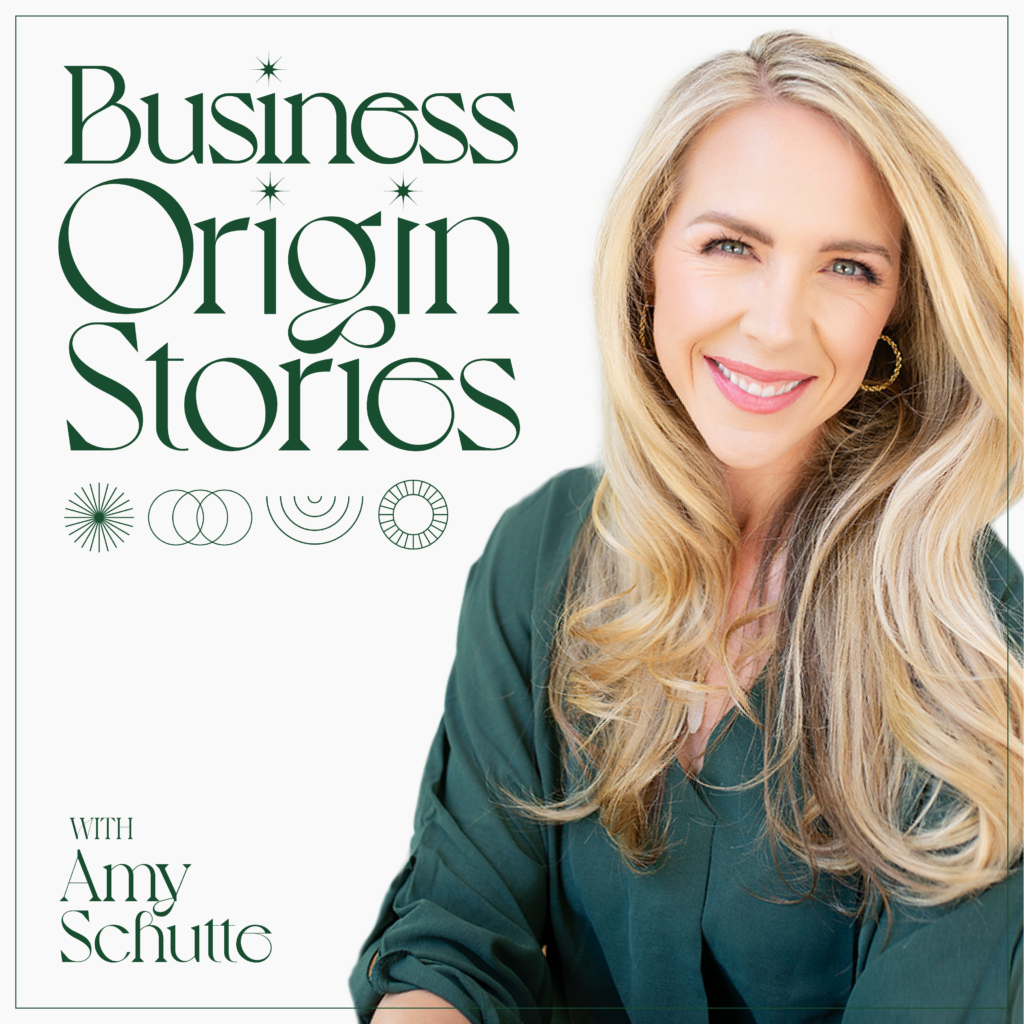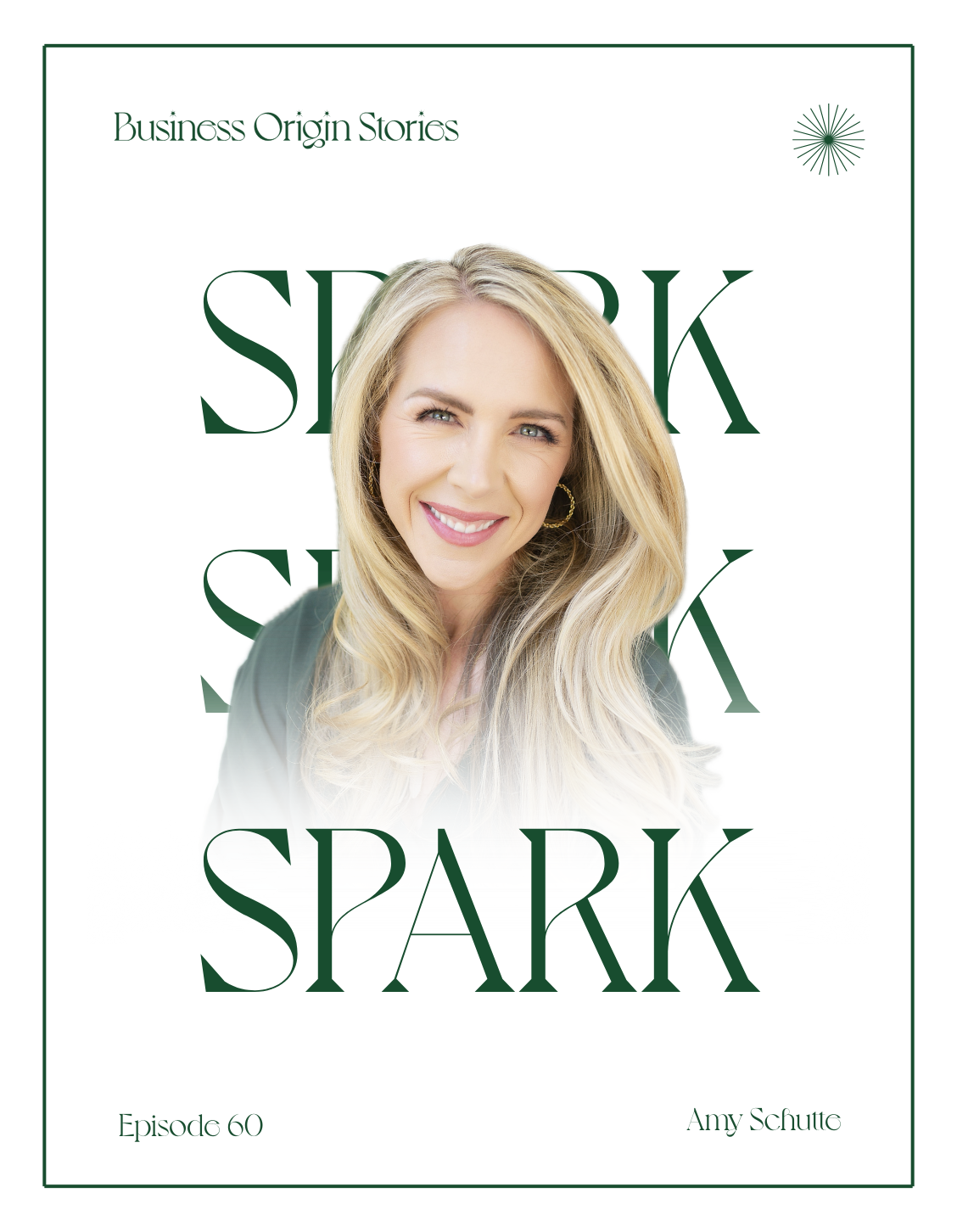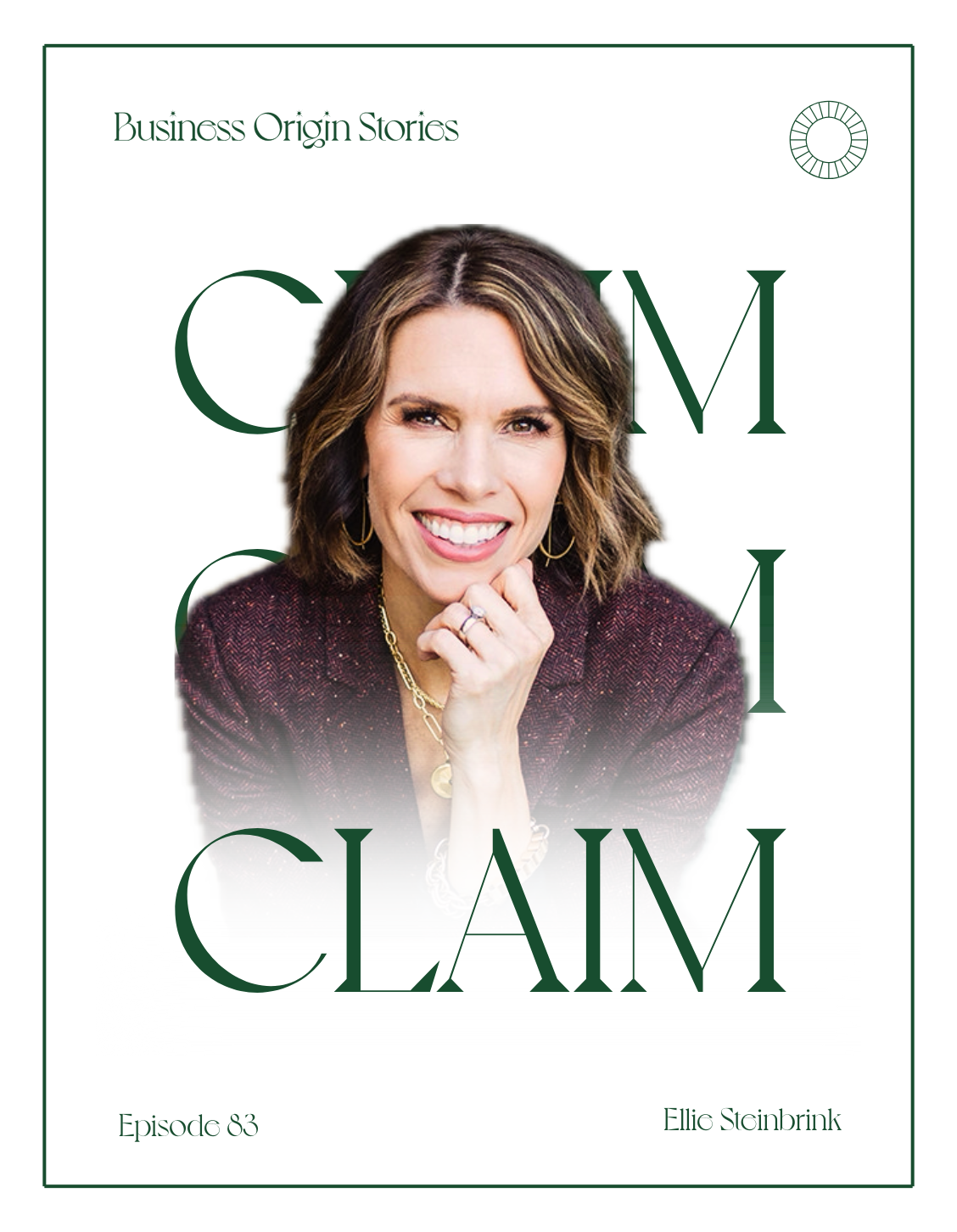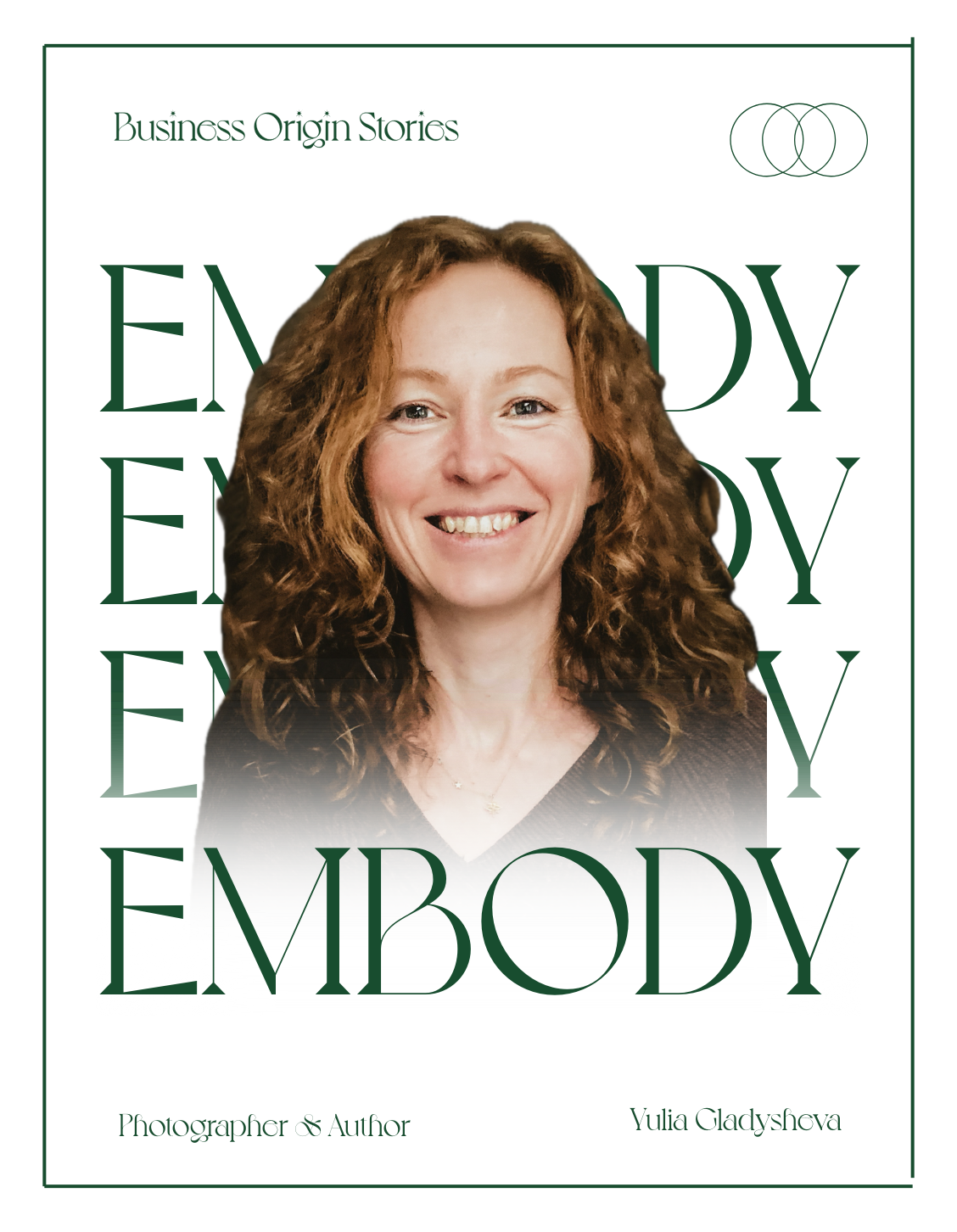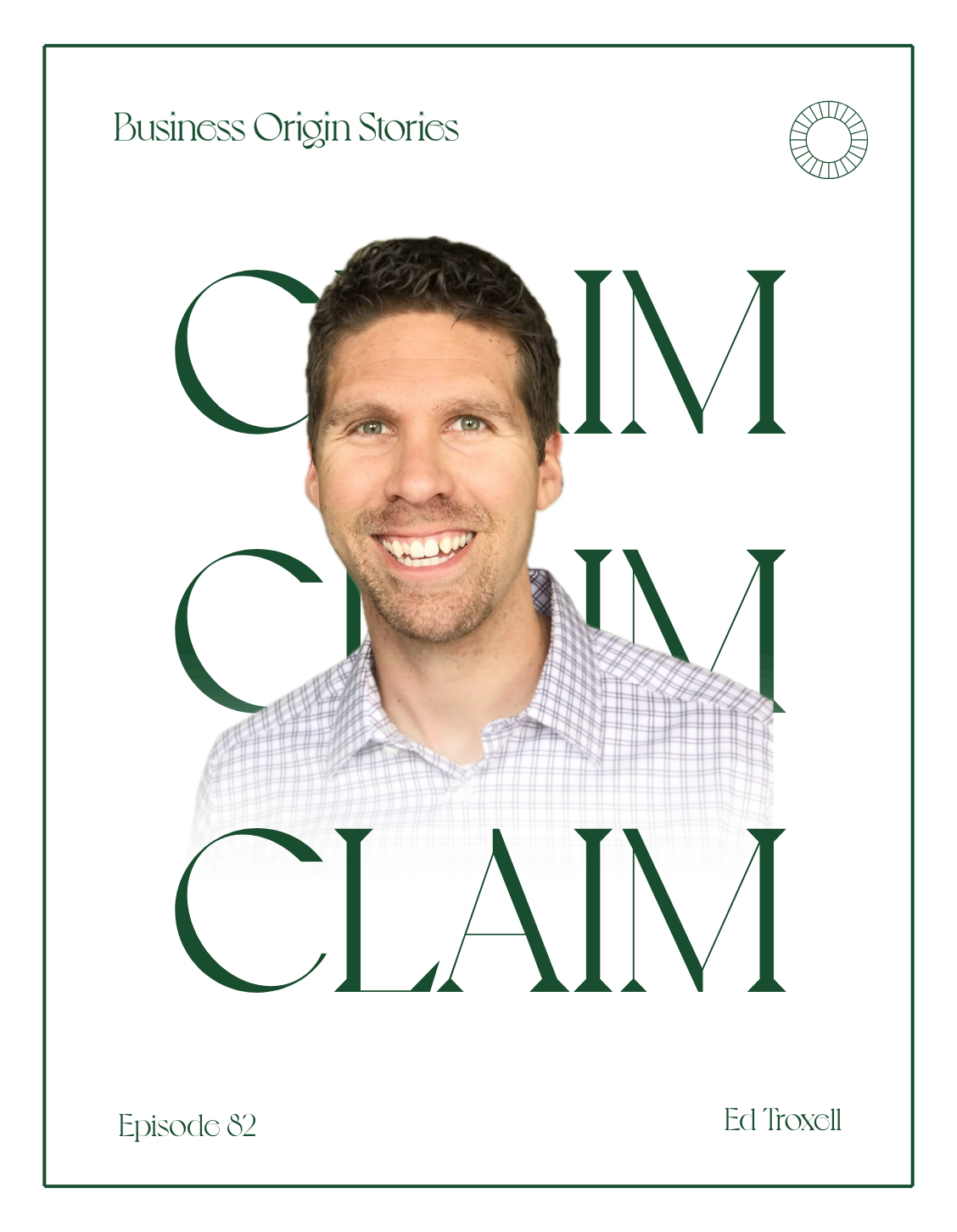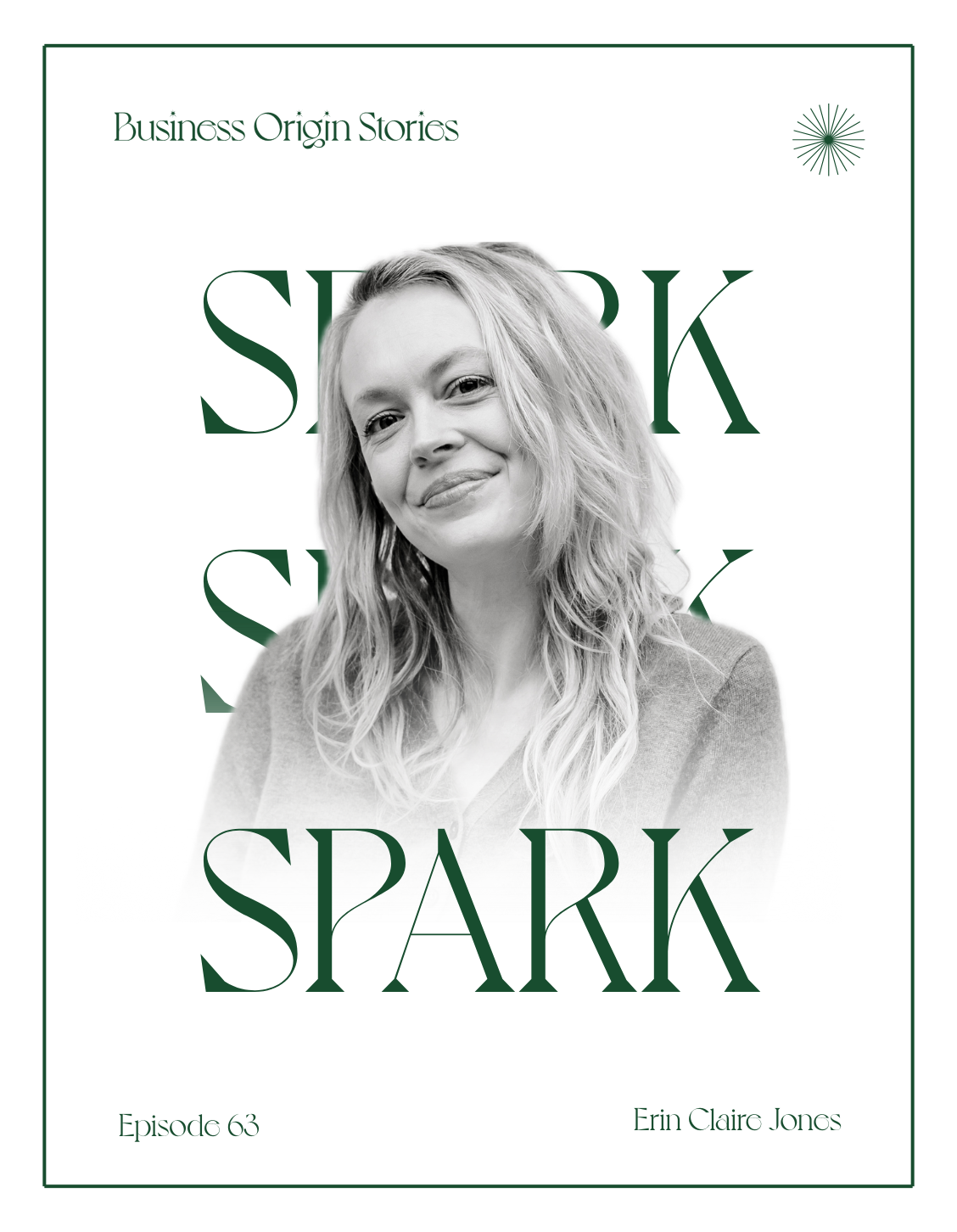When I left my full-time job after having my first baby, I didn’t have a business plan. I had a gut feeling and a scribbled notebook of ideas. I knew I wanted to raise my child at home, build something meaningful, and do work that allowed me to show up as my full self.
That leap of faith? It became the origin story of my business.
And over the years, I’ve realized: that story, the one you’re living right now, is the most valuable asset in your brand.
But here’s the thing. Most entrepreneurs aren’t telling their stories in a way that connects. They’re stuck in facts, drowning in features, or so focused on being “professional” that they forget to be human.
So let’s shift that.
Storytelling isn’t a nice-to-have; it’s your marketing strategy.
You could be the best coach, the most gifted designer, or the most qualified practitioner in your field. But if people don’t understand what you do or feel why it matters, they’ll scroll right past.
People don’t buy the best services. They buy the ones they understand fastest and trust most.
That’s where story comes in.
I created the Origin Stories Framework because I saw too many business owners launching programs, building funnels, and hiring teams before they had clarity on the most essential piece: their message. And at the heart of that message? Story.
The 8 Stories Every
Brand Needs
When you’re building a brand that’s rooted in connection, not gimmicks, you need more than one go-to anecdote or founder origin. You need a narrative system. These are the eight stories I teach my clients to develop:
1. Brand Story – The what, who, and how behind what you do (told from your customer’s perspective).
2. Value Story – The beliefs that guide your work and why they matter to your people.
3. Founder Story – Not necessarily dramatic, but deeply human. How did you get here?
4. Problem Story – Paint the real, visceral picture of the pain your client is navigating.
5. Offer Story – What you’re selling, why it matters, and how it changes things.
6. Stakes Story – What happens if they don’t take the next step?
7. Transformation Story – Show the before and after. Use testimonials if you have them.
8. Generosity Story – How your brand gives back. (And yes, this can be part of your conversion strategy.)
Each story adds a different layer of depth and resonance to your brand. And when told with clarity, empathy, and purpose, these stories work together to create trust, drive engagement, and increase sales.
A few reminders before
you dive in
- Your origin story is evolving. Don’t wait for the perfect moment. Start where you are.
- People buy based on emotion, then justify with logic. So lead with feeling, not features.
- You are always marketing. No matter your title, storytelling is part of your job now.
- The stories you tell yourself matter most. If you believe marketing is hard or storytelling isn’t your strength, it’ll show. Rewrite the inner narrative first.
Ready to write your stories?
Start with the one no one else can replicate: yours.
Then move outward. Build the scaffolding. Create a story bank. Pay attention to how other brands and creators pull you in with narrative. And please, don’t wait until the week before a launch to figure out what to say. Make storytelling a regular practice, not a one-time pitch.
Because in a world full of noise, your story is what makes people lean in.
And the beautiful part? You already have everything you need to tell it.
Want to go deeper into these stories and learn how to craft your own?
🎧 Listen to the full episode on Apple Podcasts or Spotify.
